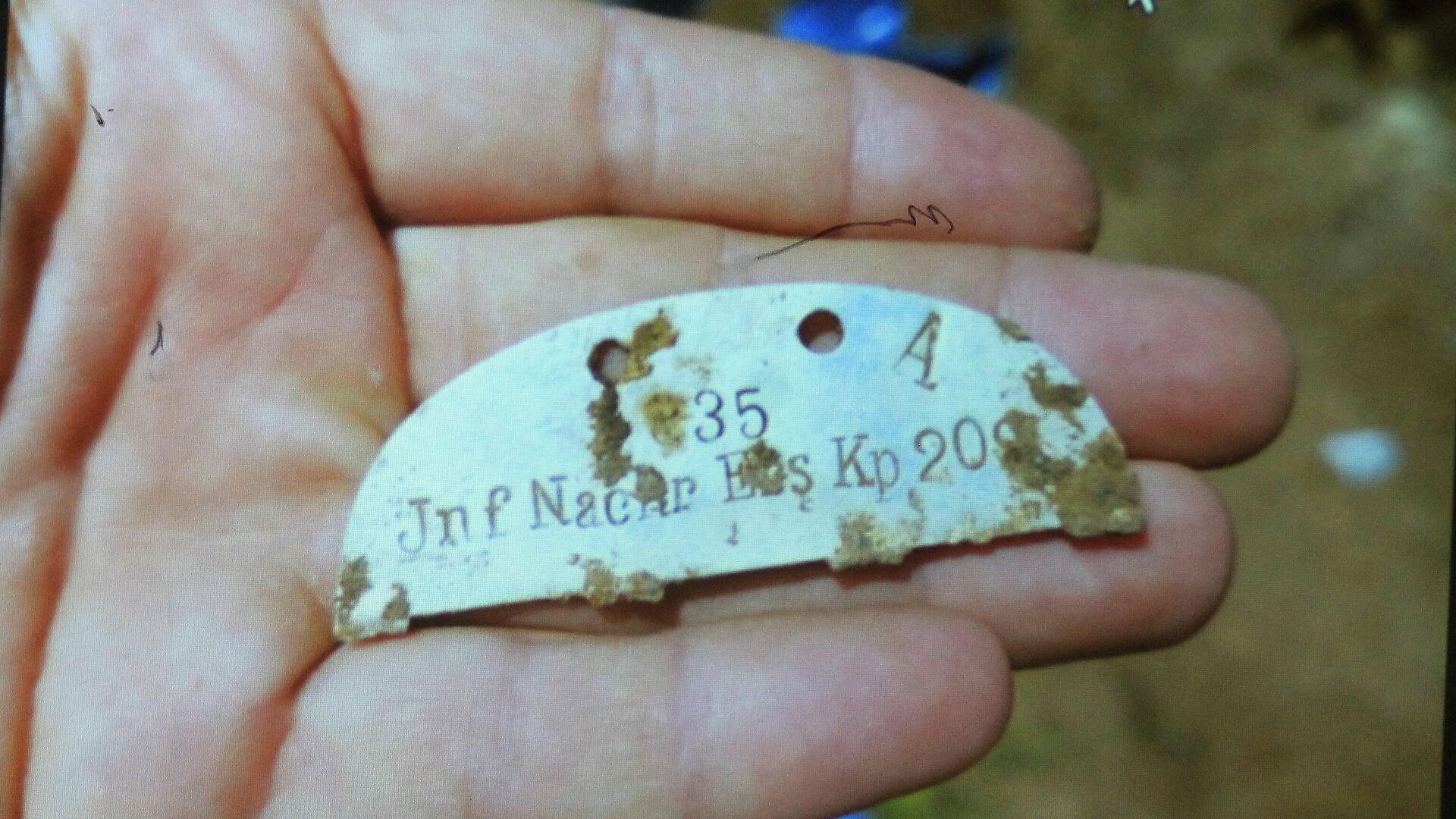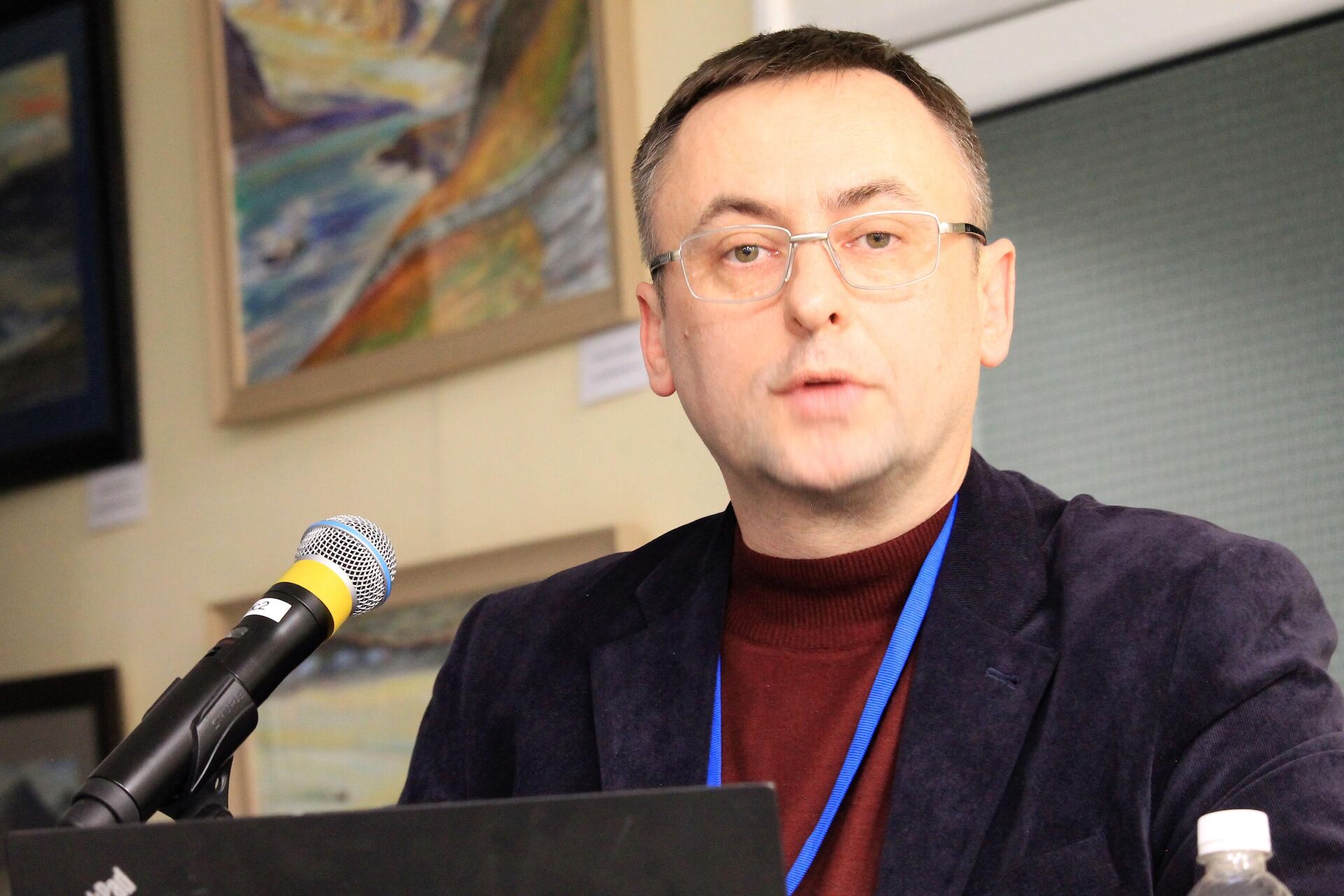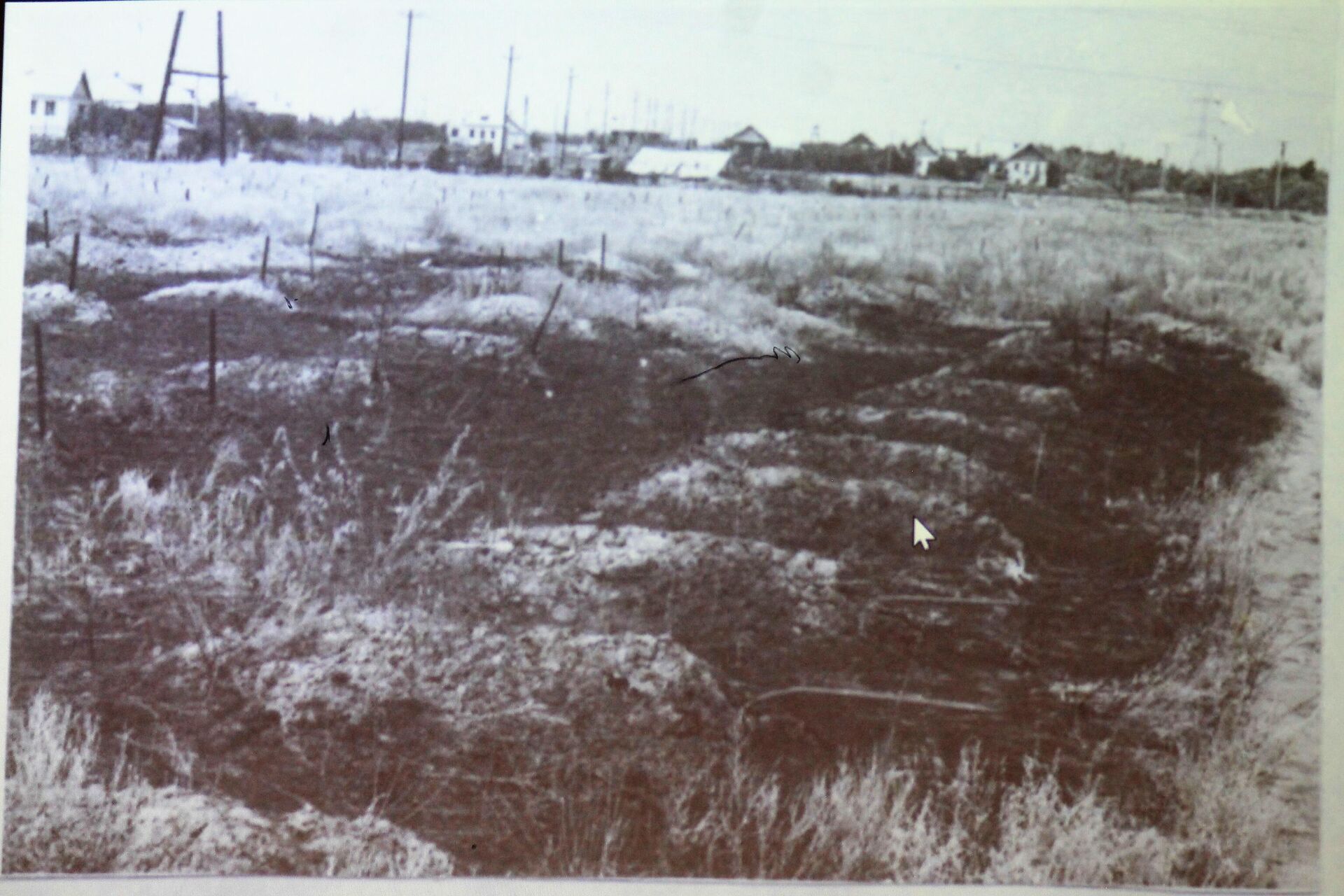Against All Odds: Reconciliation Over Graves and German-Russian Rapprochement Continues

© Sputnik
Subscribe
An agreement on war graves of fallen soldiers in Russia and Germany was signed in 1992.
For more than 30 years, the German War Graves Commission has been able to recover more than 475,000 of the approximately 1.4 million fallen German soldiers in Russia, who were buried in 22 large cemeteries, Denis Deriabkin, head of the Reburial Service for Remains of German Soldiers in Russia, told Sputnik.
“There were years when our service reburied up to 25,000 remains a year. Now we exhume about 6,000 remains per year. We base our work on information about military cemeteries from the German Federal Archives in Kassel. Each unit of the Wehrmacht had an officer who was responsible only for keeping records of burials and information about the deceased soldier during the war. And this information had to be kept for decades. Each burial letter contained information about the place of death of this or that soldier and included a diagram and an exact indication of the town where he was buried.”

Denis Deriabkin, head of the Reburial Service for Remains of German Soldiers in Russia
© Sputnik
“For example, we knew that there must be a German cemetery on the northern outskirts of some village called Voloshino. For many years, it was the job of the 13 reburial workers to go to that village and meet with the oldest people. Almost always, these grandmothers knew where this or that soldier's cemetery was that they had seen in their childhood, and they could point to its location to the nearest meter. And this, of course, despite the fact that nothing remained of the cemetery. No crosses, no graves, all overgrown with grass.”

A German cemetery near Voloshino village
© Sputnik
“Nevertheless, there were cemeteries in good condition. Especially right after the war. For example, this is what the cemetery looked like in a village near Stalingrad. At that time it was still intact because it was still winter and the Soviet troops had just occupied the village.”

A cemetery of fallen German soldiers in a village near Stalingrad
© Sputnik / Grigory Kapustya
“As the years went by, the work became more and more difficult because, unfortunately, the elderly residents were dying. Although we had information from the German archives, we had no witnesses to help us on the spot. We had to rely on aerial photographs. The Luftwaffe took pictures of the area before, during and after the battles for their military purposes. And it just so happened that there were Wehrmacht cemeteries in those photos.”
“In 1945, however, the Americans seized all these archives and transported them to the United States. Until the early 1960s, these photos were classified because they were used for reconnaissance against the Soviet Union. With the advent of space satellites, the need for these photos disappeared and they were declassified. Now we can order the images we need from the US National Archives. Now, this or that picture is assigned GPS coordinates and with a navigator, our staff can come to the exact place to locate this or that burial site. And then we start the exhumation process, of course with the permission of the local authorities.
“And now there are new search tools, such as ground-penetrating radars. Science does not stand still, and we use these advances in our work.”
“These dog tags allow us to determine that the remains of a German soldier have been found. Every Wehrmacht soldier wore a dog tag engraved with his personal number and the name of his unit. Therefore, the identification rate of the dead is about 60%. After the remains have been recovered and the tags removed, all the documents are sent to Kassel. At the request of relatives, the German War Graves Commission informs them of the fate of a particular fallen soldier. There are such requests in the archives of the German War Graves Commission since the 1950s. If there is no such request, the remains of the soldier are buried anyway, and the information about it is kept in the archives until it is needed. That is why it is always a great tragedy for us when looters find their way to the graves and steal the dog tags.”

World War II Plaque to Red Army Soldiers Who Died in Leningrad Siege Unveiled in Manchester - Photos
3 September 2020, 17:25 GMT
“The exhumation area is prepared in such a way that when the work is finished, there is nothing to remind us that the remains were taken from here. In a week, everything is really overgrown. The remains of this or that soldier are placed in a separate coffin and thoroughly documented. So we know exactly where the coffin is, even after 20 or 30 years. And the relatives can put flowers on the grave of their dead soldier.”
Denis added that his staff do not work on battlefields, but only on military cemeteries. “Otherwise, there simply wouldn't be enough physical manpower. And those unlucky enough to be buried in military cemeteries are found by Russian searchers. Every year we receive about 1000 remains from them. We accept them with gratitude, no matter how far we have to go for them.”
Former Russian Ambassador to Germany Vladimir Grinin recalls how there are many war graves of Soviet soldiers also in Germany and how carefully they are cared for under the 1992 treaty. He was particularly shocked by the number of graves on the Seelow Heights near Berlin, where fierce fighting took place, and how much effort was put into tidying them up. "The current memorial is very impressive. The work of preserving war memorials in Russia and Germany has a positive effect on the perception of Germans in Russia and Russians in Germany."



